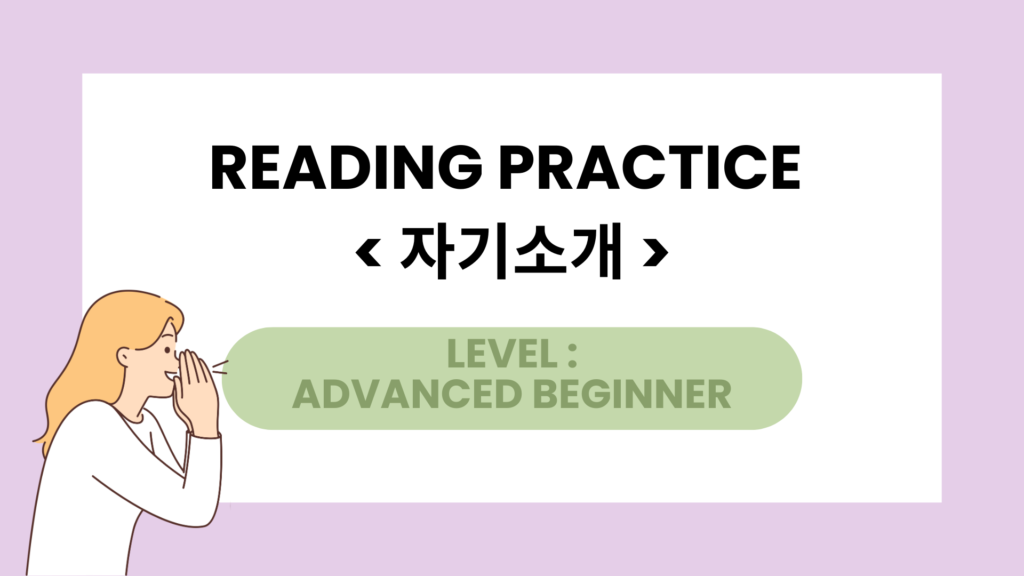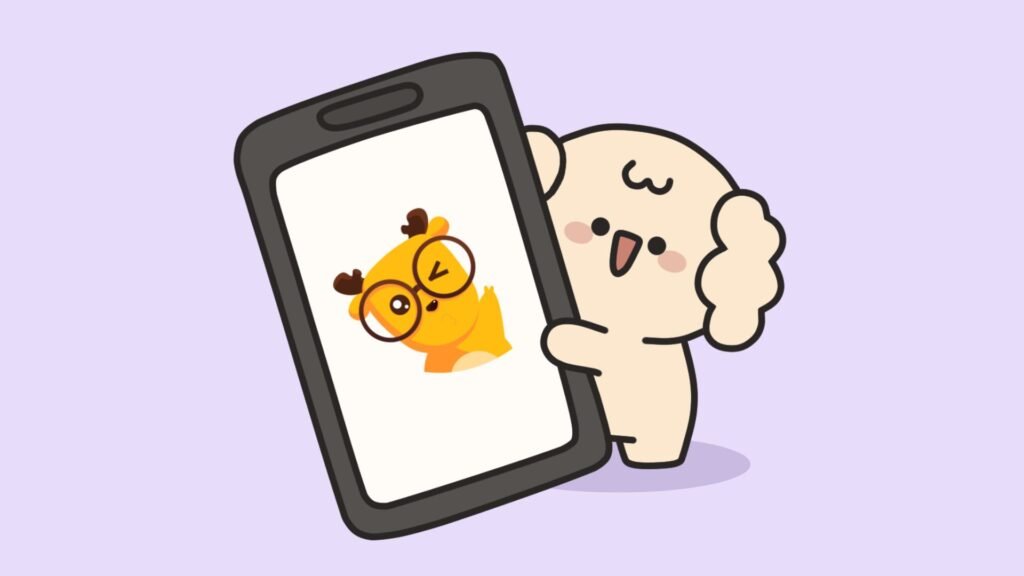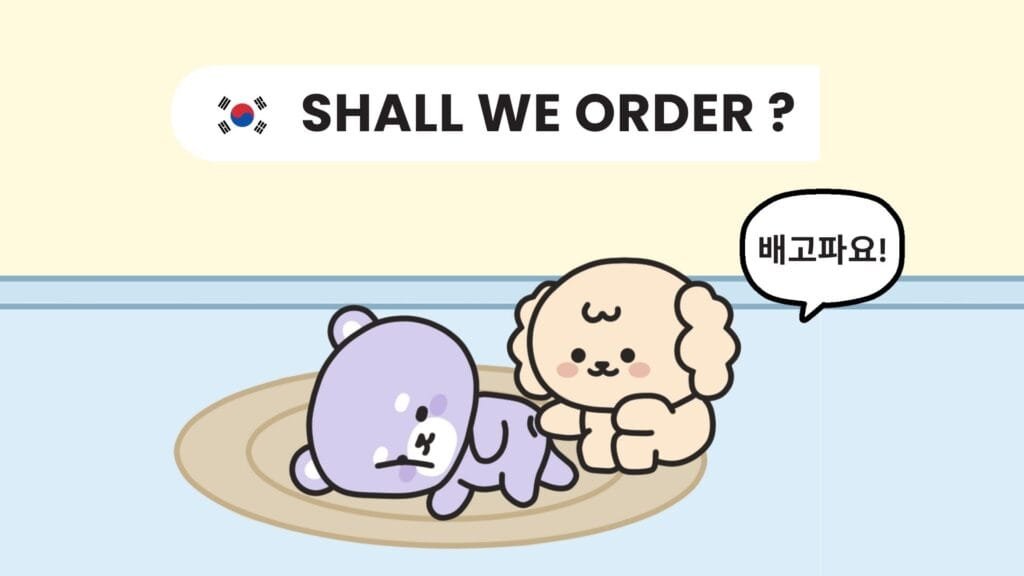여러분 안녕하세요! 🙂 Today I’m coming to you for another self-introduction. Last time, we saw a baby beginner self-introduction. Today, we will discover a self-introduction for advanced beginners!
Making self-introductions in Korean is quite important, but not always easy. So let’s study a somewhat advanced self-introduction together today!
It will be great if you are currently learning to introduce yourself in Korean. You can take it as an example for yours!
If you want to learn more about self-introductions, check the Self-Introduction for Baby Beginners and the article about “How to Introduce Yourself in Korean”. 🙂
In this article, you will find :
- A short self-introduction written in Korean
- A translation of the text
- A vocabulary list
- A short explanation of the most difficult grammar parts
- Two questions to review your understanding of the text
Table of Contents
- Korean Reading Practice : Self-Introduction
- Vocabulary
- Grammar points
- Questions : About the Text
- Helpful Articles Linked to this Reading Practice
- Other Texts For Beginners
- Study Method for Texts
Korean Reading Practice : Self-Introduction

자기소개
안녕하세요. 저는 리나라고 해요.
스물한 살 학생이에요.
미국 사람인데 얼마 전에 한국으로 이사했어요*.
한국어를 잘 하고 싶어서 어학당에서 한국어를 공부 하고 있어요.
케이팝을 듣는 것을 좋아하고 드라마도 자주 봐요.
만나서 반갑습니다.
*Note : 이사했어요 is correct – but you can also use 이사왔어요, which gives the nuance that you are currently in Korea. (it is more natural, but a bit more advanced)
Translation (click to unfold!)
Self-Introduction
Hello. I am named Lina.
I am a 21 year old student.
I am American, but I moved to Korea not long ago.
I want to speak Korean well, so I study Korean at a language school.
I like listening to K-pop and I also watch dramas often.
Nice to meet you.
Vocabulary
| 한국어 | 영어 |
|---|---|
| 자기소개 | Self introduction |
| 스물한 살 | 21 years old (21 + age counter) |
| 미국 | America |
| 사람 | Person |
| 그런데 | But |
| 얼마 전에 | Not long ago |
| 한국 | Korea |
| 어학당 | Language school |
| 한국어 | Korean (language) |
| 케이팝 | K-Pop |
| 자주 | Often |
| 보다 (text: 봐요) | To watch, to see |
| 만나서 반갑습니다 | Expression: Nice to meet you |
Grammar points
-라고 하다
This form is used to introduce oneself or someone else by name (in this case).
It can also be used to quote someone else’s speech, for example. (see more by reading this article)
It means “to be called” in this case. In the text, “저는 리나라고 해요” means “I am called Lina.”
-인데
This is a form of the verb ending -이다 (to be) combined with the connective -ㄴ데, which links two clauses, providing background information or showing contrast.
It often translates as “and” or “but”.
In the text, “미국 사람인데 얼마 전에 한국으로 이사했어요” means “I am an American, but I recently moved to Korea.”
-서
This is a connective form indicating cause or reason.
It translates to “because” or “so”.
In the text, “한국어를 잘 하고 싶어서 어학당에서 한국어를 공부하고 있어요” means “I want to speak Korean well, so I am studying Korean at a language school.”
-는 것
This is a nominalizer that turns a verb into a noun phrase, similar to adding “-ing” in English.
It means “the act of [verb]ing.”
In the text, “케이팝을 듣는 것을 좋아하고 드라마도 자주 봐요” means “I like listening to K-pop and also often watch dramas.”
Questions : About the Text
The questions talk about the person who introduced themselves in the text!
(1) 나이는 몇 살이에요?
① 스물한 살이에요
② 학생이에요
③ 리나예요
④ 케이팝을 좋아해요
(2) 왜 어학당에서 한국어를 공부해요?
① 한국으로 이사해서
② 케이팝을 좋아해서
③ 한국어를 잘 하고 싶어서
④ 드라마도 자주 봐서
Answers (click to unfold)
First question :
① 스물한 살이에요
Second question :
③ 한국어를 잘 하고 싶어서
Helpful Articles Linked to this Reading Practice
- How to introduce yourself in Korean
- How to count in Korean (Numbers and Number systems)
- How to count things in Korean (Korean Counters)
- Quoting in Korean – How to Quote People in Korean
Other Texts For Beginners
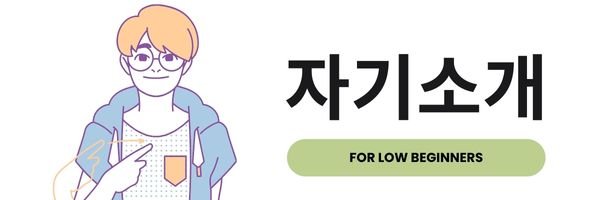
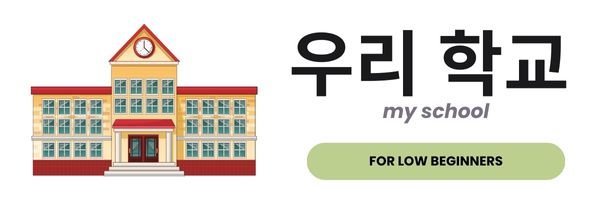
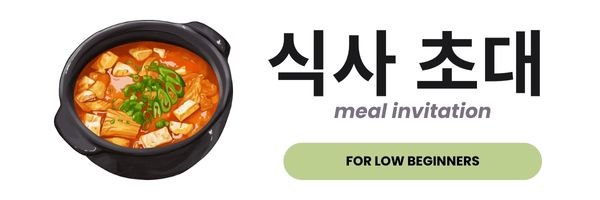
Study Method for Texts
If you’re not familiar with text study, here’s a method I would suggest you try.
To study this text, start by reading it from beginning to end once without paying too much attention to whether you understand fully or not. Then, listen to the audio file (if there is one) and read along.
You can press pause as many times as needed.
During your second read, try to understand as much as possible. If you can’t understand some of the words, check their meaning as well.
When you finish your second read, ensure you understood the story/text correctly. Read a third time (with or without audio). It’s even better if you read it out loud: it will improve your speech fluency over time.
You can then try answering the questions asked at the end!


